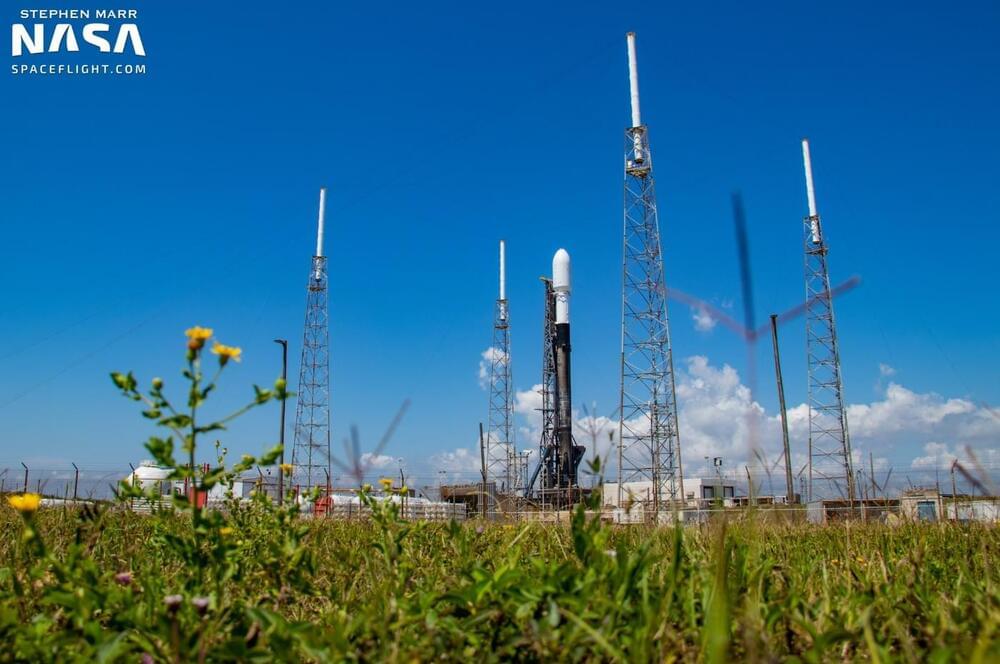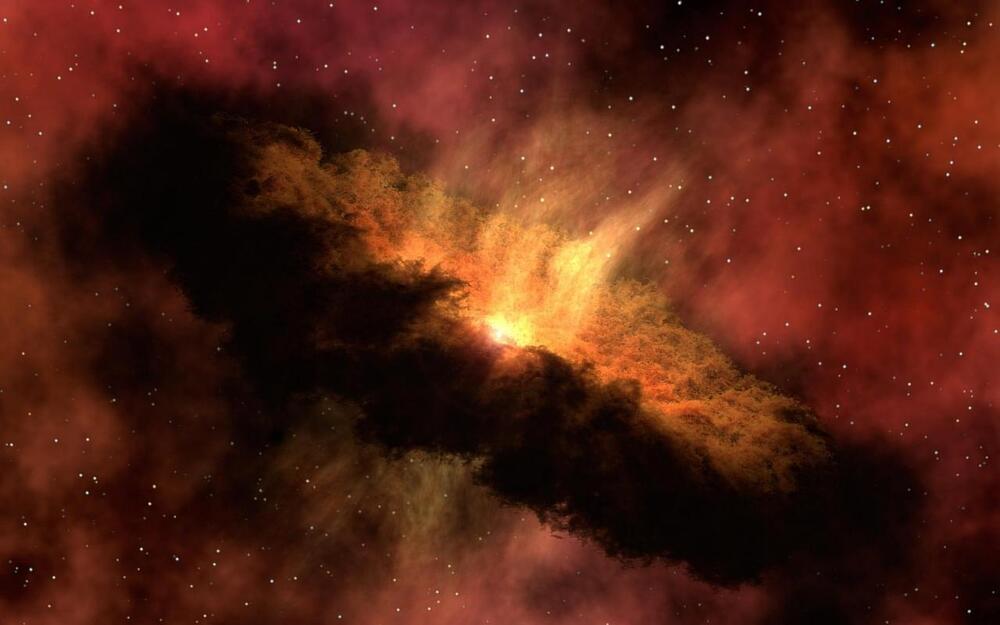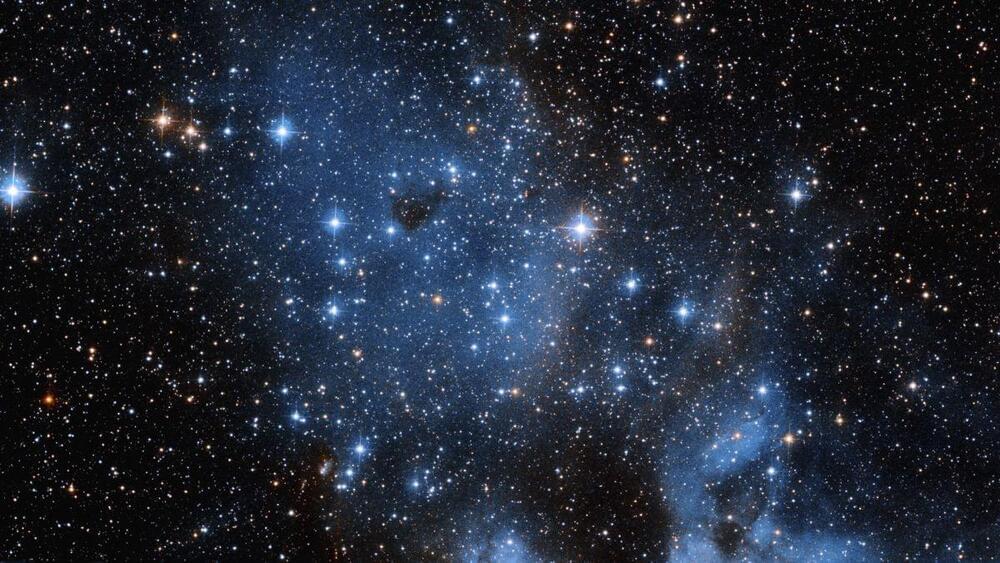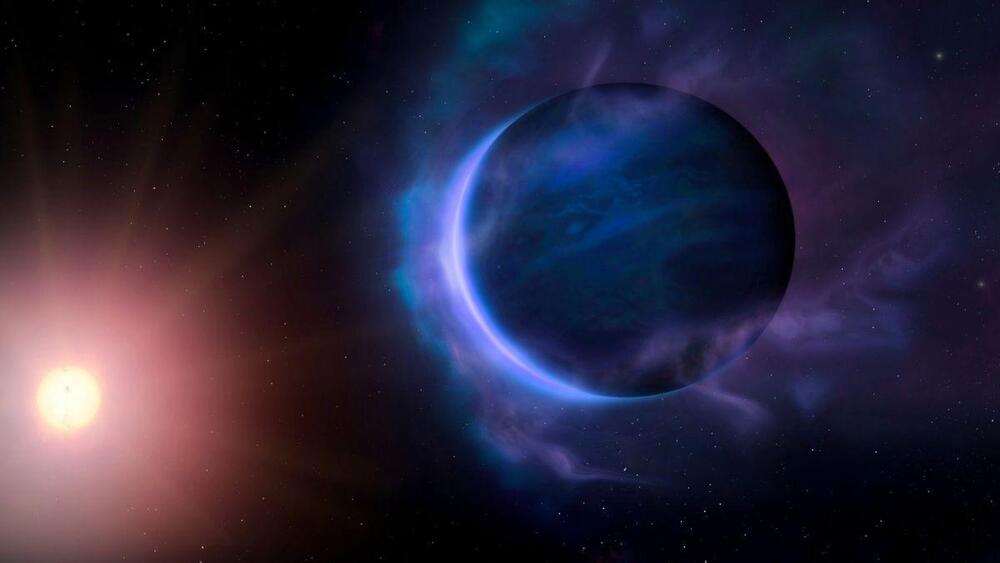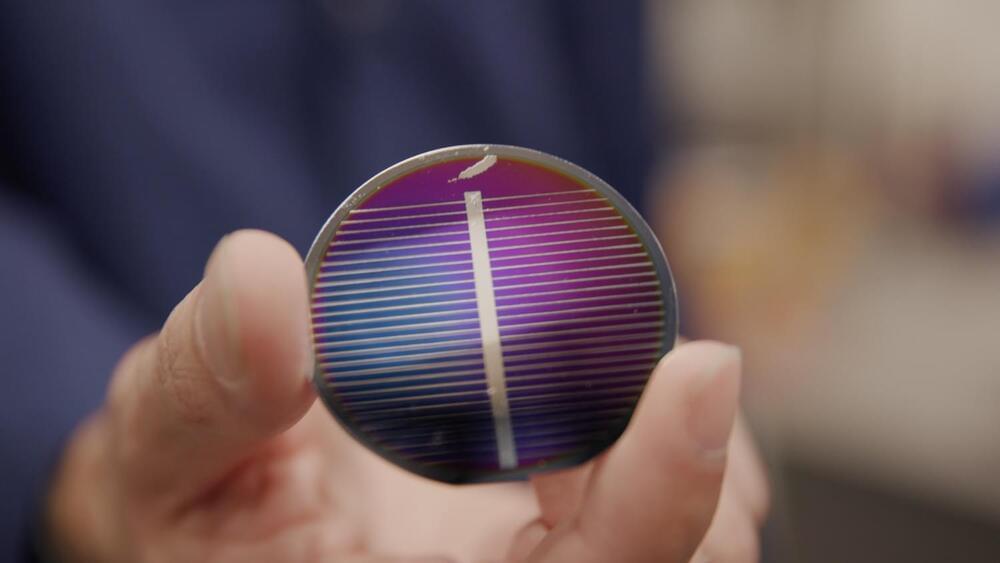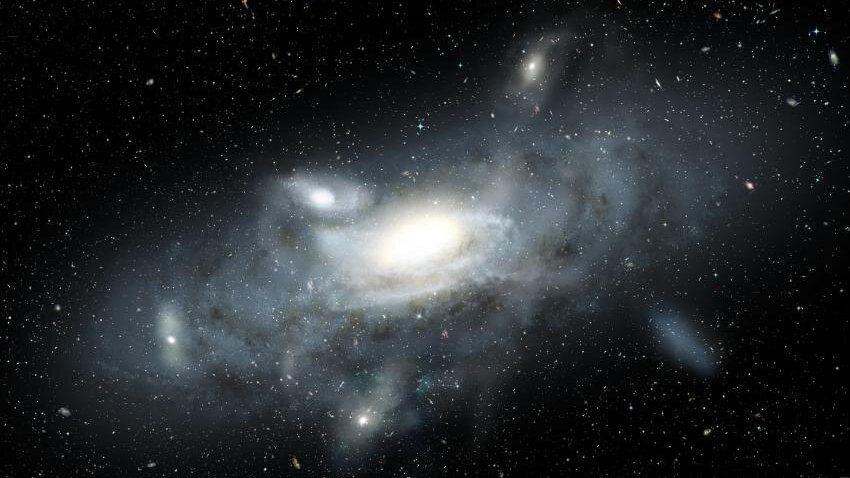Feb 11, 2023
SpaceX to break pad turnaround record in support of Starlink
Posted by Genevieve Klien in categories: internet, space
To launch another pair of Starlink stacks to orbit this week, SpaceX will break its all-time launch pad turnaround record. The first launch, Starlink Group 5–4, is currently scheduled to lift off at 12:10 AM EST (05:10 UTC) on Sunday, Feb. 12, pending a forecasted 20% chance of acceptable weather.
If the launch target holds, the mission will break the record for both Space Launch Complex 40 (SLC-40) at the Cape Canaveral Space Force Station in Florida and the overall record across all three Falcon 9 launch pads. The second mission, Starlink Group 2–5, is slated to launch at 8:32 AM PST (16:32 UTC) on Wednesday, Feb. 15 from Space Launch Complex 4 East (SLC-4E) at Vandenberg Space Force Base in California.
